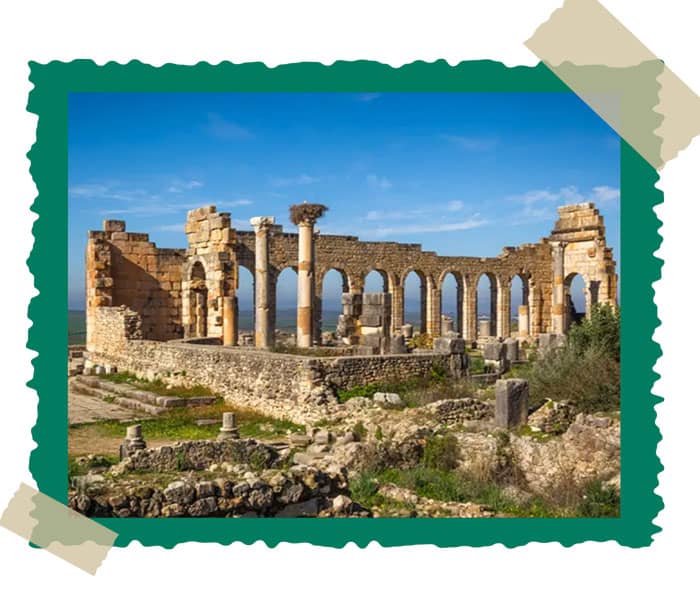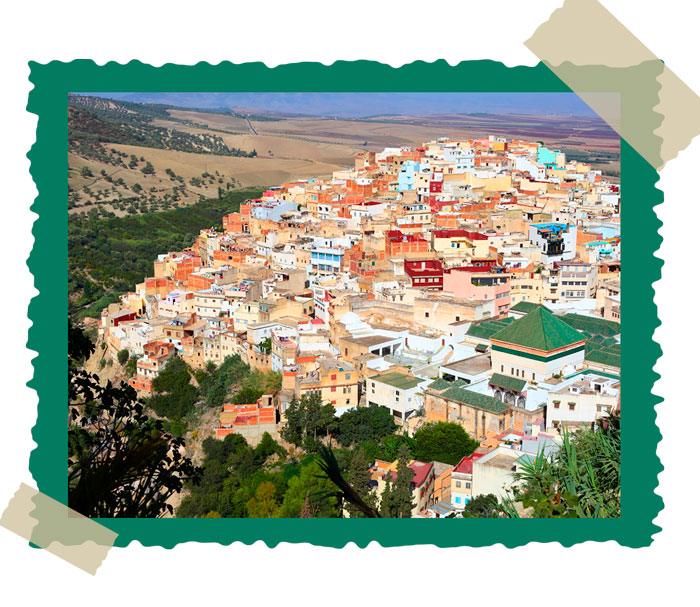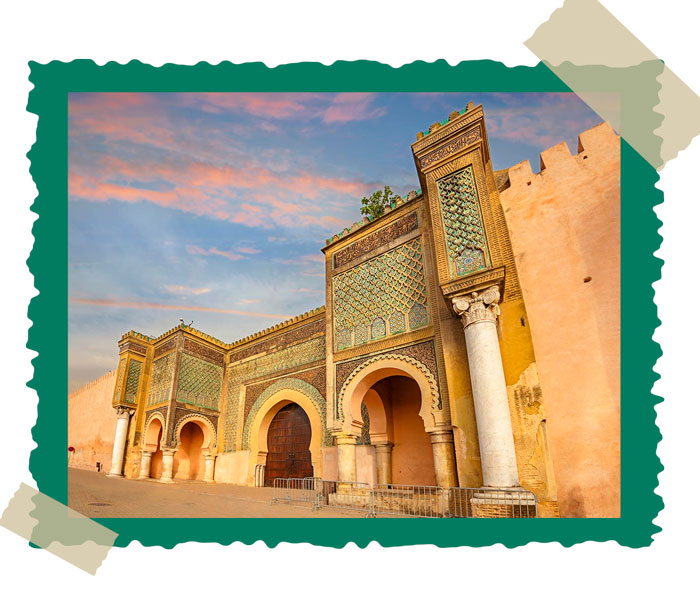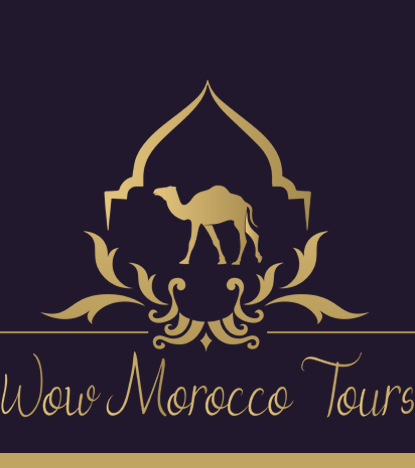
Volubilis Morocco: Travel Guide to the Most Iconic Roman Ruins in North Africa
Volubilis Morocco: Travel Guide to the Most Iconic Roman Ruins in North Africa
Imagine standing in the heart of Morocco, surrounded by rolling hills and olive groves, as the sun sets over the ruins of a city that once pulsed with Roman life. Welcome to Volubilis, Morocco, a place where history, mystery, and awe collide. Whether you’re passionate about archaeology, enchanted by ancient civilizations, or simply seeking a unique travel experience, Volubilis offers you an unforgettable journey into the past.
In this guide, you’ll discover everything you need to know to plan a memorable visit to Volubilis, how to get there, what to expect, why it’s worth your time, and how to make the most of your trip.
What is Volubilis in Morocco?
Volubilis is a sprawling archaeological site located near the modern city of Meknes, in northern Morocco. Once a thriving Roman city and the westernmost outpost of the Roman Empire, Volubilis played a vital role in trade, governance, and cultural exchange in North Africa.
Dating back to the 3rd century BCE and flourishing under Roman rule from the 1st to 3rd centuries CE, the city was home to Roman elites, Berber tribes, and early Christians. Its ruins include homes, temples, triumphal arches, public baths, and some of the most exquisite mosaic floors in the Mediterranean world.
In 1997, Volubilis earned UNESCO World Heritage Site status, a testament to its historical and cultural significance.

Why You Should Visit Volubilis, Morocco
You’re not just visiting some ruins, you’re walking through the echoes of an empire. Here’s why Volubilis deserves a spot on your Moroccan itinerary:
- Preserved Roman Ruins: Unlike many ancient sites, Volubilis still showcases impressive structures and detailed mosaics.
- Cultural Heritage: The site reflects a blend of Roman, Berber, and Islamic influences.
- Peaceful Scenery: Set amidst green fields and blue skies, the site offers calm and serenity.
- Photographer’s Paradise: Between golden light and majestic arches, every corner offers a story to capture.
- Proximity to Other Attractions: You can pair your visit with stops in Meknes or Moulay Idriss Zerhoun.
What to Visit in Volubilis Morocco ?
The site stretches over 40 hectares, making it one of the most impressive Roman archaeological sites in North Africa. While you could spend days exploring every corner, these key landmarks offer the richest and most memorable experiences.
1. The Triumphal Arch of Caracalla
Or arch cacalla. One of the most iconic sights in Volubilis, this grand arch was built in 217 AD in honor of the Roman Emperor Caracalla and his mother Julia Domna. Standing tall at the end of the city’s decumanus maximus (main street), the arch offers not only historical importance but also spectacular photo opportunities with the surrounding hills in the background. Its imposing structure and well-preserved Latin inscriptions make it a powerful reminder of Roman authority and architectural mastery.
2. Capitoline Temple
Situated at the heart of the ancient city, the Capitoline Temple was dedicated to Jupiter, Juno, and Minerva—the three major Roman deities. This temple served as a religious and civic centerpiece and showcases the city’s devotion to Roman traditions. Even in ruins, the temple’s raised platform and remaining columns convey a sense of grandeur. It’s an excellent spot to understand the layout of Roman urban planning and the role of temples in public life.
3. The Basilica
The Basilica of Volubilis functioned as the city’s main administrative building and courthouse. Here, magistrates would have overseen legal disputes and civic affairs. Its large hall, defined by towering stone columns and a semi-circular apse, illustrates Roman architectural finesse and societal organization. From the Basilica, visitors can enjoy sweeping views of the rest of the ruins, making it both a historical and visual highlight of the site.
4. Private Mansions and Mosaics
The wealthier citizens of Volubilis lived in large, luxurious houses adorned with detailed mosaic floors that remain remarkably well-preserved today. Among the most famous is The House of Orpheus, featuring a vibrant mosaic of Orpheus playing music to tame wild animals. The House of the Acrobat displays a gymnast mid-performance, proof of Roman appreciation for the arts. The House of the Labors of Hercules showcases the mythological hero’s incredible feats. These mosaics not only demonstrate Roman artistic talent but also offer a glimpse into the values and aesthetics of the elite.
5. Public Baths and Olive Presses
Daily life in Volubilis revolved around communal spaces like public baths, which were vital for hygiene, relaxation, and socializing. The remnants of these baths reveal a sophisticated heating system, including hypocausts for underfloor heating, a marvel of Roman engineering. Scattered throughout the site are olive presses that reflect the importance of olive oil production in the local economy. Together, these features bring to life the everyday rhythms of ancient Roman society.
Step Back in Time with a One-Day Journey Through Morocco’s Imperial Soul!
Join us on a captivating day trip where ancient history, sacred heritage, and imperial elegance come together. Wander through the awe-inspiring Roman ruins of Volubilis, a UNESCO World Heritage Site where crumbling arches and majestic mosaics whisper stories of centuries past. Then, climb to the sacred hilltop town of Moulay Idriss Zerhoun, the spiritual heart of Morocco, with its whitewashed alleys and panoramic views. Finally, dive into the imperial splendor of Meknes, home to grand gates like Bab Mansour, majestic royal stables, and a Medina filled with rich tradition.
Don’t miss this unforgettable trio of Moroccan treasures, all in one epic day!
Nearby Attractions to Include in Your Itinerary
Moulay Idriss Zerhoun

Meknes, Morocco Imperial City

Final Thoughts: Walk the Road of Empires
Visiting Volubilis Morocco is like stepping into a forgotten chapter of human history. As you wander through Roman columns, admire ancient mosaics, and feel the whispers of civilizations past, you’ll realize that Volubilis is more than just a ruin—it’s a story carved in stone.
So, if you’re planning a trip to Morocco, don’t skip this timeless destination. Pack your camera, bring your curiosity, and let the echoes of Volubilis transport you back two thousand years.
Ready to explore Volubilis? Share your travel plans or questions in the comments, and tag us in your Volubilis photos on social media. History awaits you.
Contact Us Today to start planning your adventure to Volubilis Morocco. Let us take care of the details so you can focus on the experience.
FAQs About Volubilis Morocco
What is Volubilis in Morocco?
Volubilis is a well-preserved Roman archaeological site located near Meknes. It was once a major city in the Roman province of Mauretania Tingitana.
Is Volubilis, Morocco worth visiting?
Absolutely. The site’s rich history, beautiful scenery, and well-preserved mosaics make it a must-see for anyone visiting northern Morocco.
What to visit in Volubilis, Morocco?
Key highlights include the Triumphal Arch, Basilica, Capitoline Temple, and Roman homes with intricate mosaics.
What to visit in Volubilis, Morocco?
Volubilis is a well-preserved Roman archaeological site located near Meknes. It was once a major city in the Roman province of Mauretania Tingitana.
How much does it cost to go to Volubilis?
Foreigners pay around 70 MAD. Moroccan residents pay around 10 MAD. Guided tours may cost extra.
